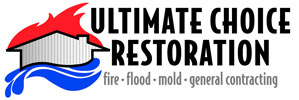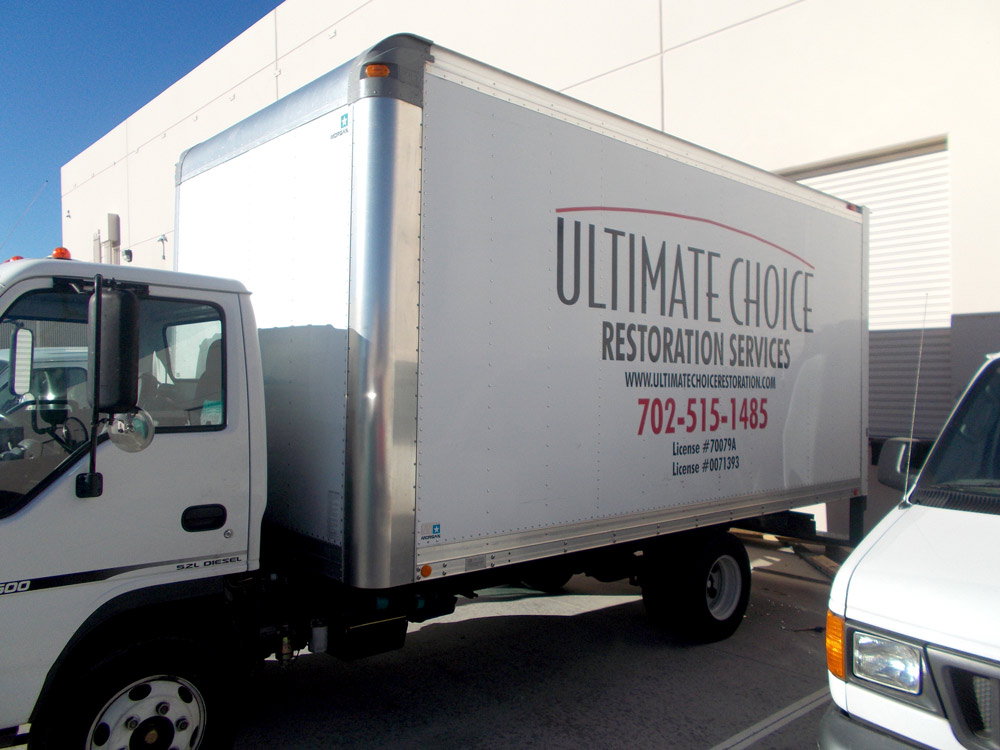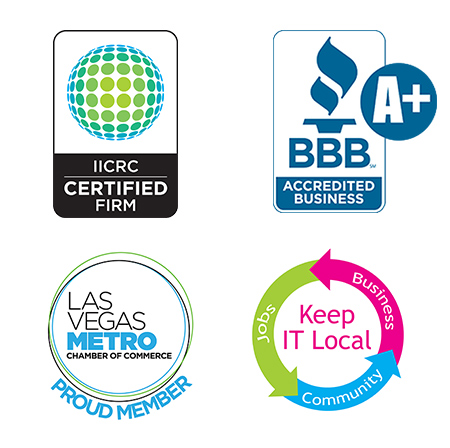Water damage is an unfortunate event that can severely impact your home, belongings, and financial stability. Whether it’s a burst pipe, flooding due to a storm, or a leaking appliance, water damage can cause significant destruction. But is it covered by your homeowner’s insurance policy? Let’s dive into the nitty-gritty details of water damage insurance coverage to answer this crucial question.
What is Water Damage Insurance Coverage?
Water damage insurance coverage is a part of your standard homeowner’s insurance policy that provides financial protection against various water-related incidents. It’s crucial to know that while some forms of water damage are covered, others are not. Typically, your policy will include “sudden and accidental” water damage, such as a burst pipe but may exclude coverage for “gradual” water damage like a slow leak.
Types of Water Damage Covered by Insurance
1. Burst Pipes
If a pipe in your home suddenly bursts, causing water to flood into your living spaces, your insurance policy will most likely cover the damages.
2. Leaking Appliances
Suppose your dishwasher or washing machine unexpectedly leaks, damaging your kitchen or laundry room. In that case, your policy may provide coverage.
3. Natural Disasters
Heavy rains and storms that lead to immediate flooding may be covered, depending on your specific policy and location. However, flood damage due to overflowing rivers or rising ground water usually requires separate flood insurance.
What’s Not Covered?
1. Gradual Leaks
Slow leaks that you could have prevented with regular maintenance are usually not covered.
2. Sewage Backup
Backup from a sewer line is not generally included and often requires additional, separate coverage.
3. Flood Damage
As mentioned earlier, flooding due to natural causes usually requires a separate flood insurance policy.
How to Make a Claim
- Contact your Insurance Provider: The first step in making a claim is to notify your insurance company as soon as possible.
- Document the Damage: Take photos and videos of the affected area, as well as any damaged belongings.
- Make Temporary Repairs: To prevent further damage, make temporary repairs, like placing a tarp on a leaking roof. Save all receipts.
- Work with an Adjuster: An insurance adjuster will assess the extent of the damages and provide an estimate for the insurance payout.
- Receive Payment: Once the claim is approved, you will receive the funds to cover the repair and replacement costs, minus your policy’s deductible.
Tips for Maximizing Coverage
- Read Your Policy: Always read your insurance policy thoroughly to understand what is and isn’t covered.
- Regular Maintenance: Conduct frequent checks on plumbing, appliances, and roofing to prevent gradual damage.
- Keep Records: Maintain all your repair and maintenance records to establish you’ve done your part in preventing water damage.
Final Thoughts
Understanding water damage insurance coverage can be complex but is essential for homeowners. Be sure you are familiar with the nuances of your policy to ensure you have the coverage you need when water-related disaster strikes.
By being proactive and well-informed, you can protect your home and financial well-being, making any future water damage incidents less daunting and more manageable.




